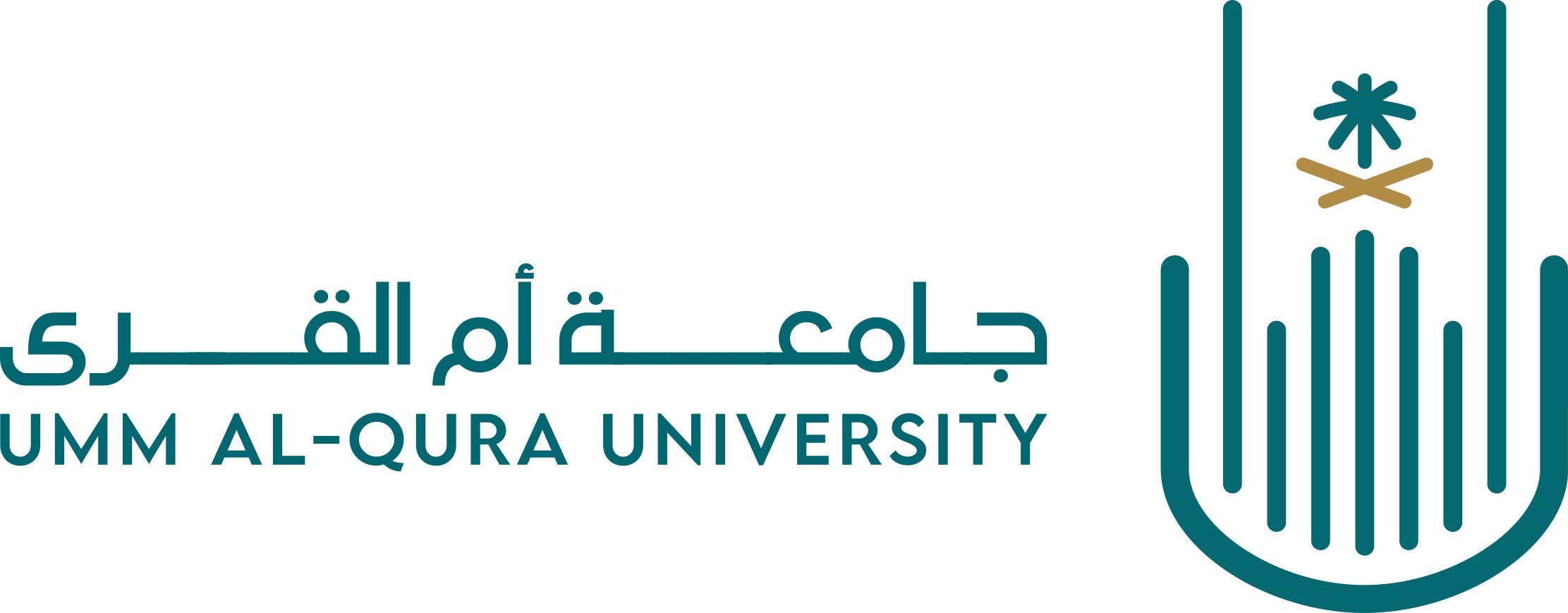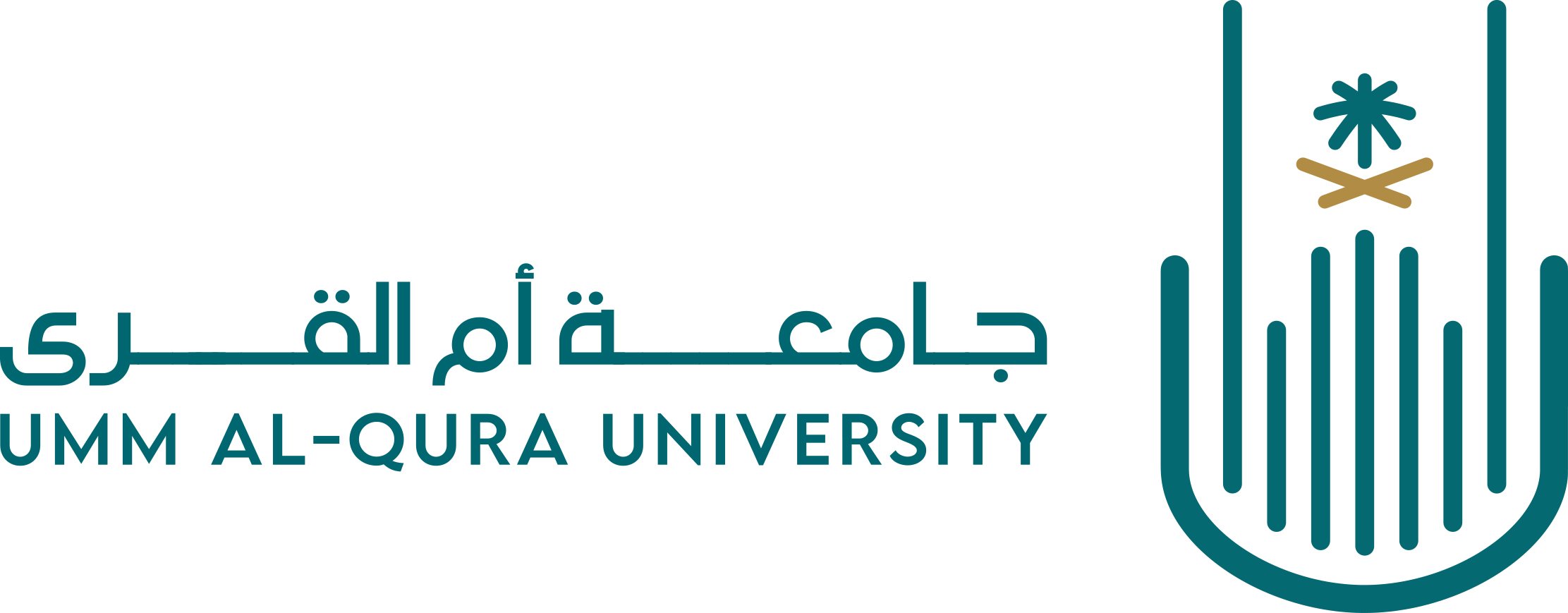- Communities& Collections
- Browse Items by:
- Issue Date
- Author
- Title
- Subject
نموذج متعدد المستويات والمراحل قائم على الأفراد لمحاكاة حركة الحشود على سطح الحرم المكي الشريف
في هذا البحث قمنا بتطوير نموذج متعدد المستويات ومتعدد المراحل يقوم على محاكاة حركة الأفراد ويعمل على تطوير عمليات اتخاذ القرار أوتوماتيكياً خلال عمليات الإخلاء الجماعي في الحوادث الخطيرة. يتمثل النموذج المقترح في بنية متعددة المستويات لإدارة السلوك العام للحشود والسلوكيات الفردية باستخدام نهج النمذجة القائمة على الإفراد داخل البيئات المتغيرة ديناميكيًا نتيجة الحرائق، والازدحام، إلخ. يُحاكي النموذج المكونات، والتغيرات السلوكية الفردية والظواهر في النظم المعقدة داخل الحشود الهائلة التي تتمثل في المصلين في المسجد الحرام. على وجه التحديد قمنا بتطبيق النموذج المقترح على إدارة الحشود المتمثّلة في المصلين في الطابق العلوي للحرم المكي الشريف (سطح الحرم). سيقوم النموذج المقترح بتوليد مرشدين بين الحشود ديناميكياً وتمكن عملية التوليد هذه من توليد تلقائي للقرارات المثالية للأفراد المجاورين. ويشمل الإطار متعدد الاستخدامات المبادئ الأساسية للنمذجة التي تُطبق عادةً على حركة الحشود. ينقسم نموذج صنع القرار في محاكاة حركة الجمهور إلى ثلاثة مستويات: استراتيجية وتكتيكية وتشغيلية. يتم رسم الخطة وهدفها النهائي في المستوى الاستراتيجي. في هذا المستوى، لا يتم تقديم أي معلومات حول الظروف الحقيقية. في المستوى التكتيكي، تُنفذ جميع الأنشطة لتسهيل الخطة الموضوعة. يتناول هذا المستوى القرارات قصيرة الأجل مثل تجنب العقبات أو تغيير الخطط استنادًا إلى معلومات جديدة. يتناول المستوى التشغيلي الإجراءات والأنشطة البدنية التي تم تطويرها على المستوى التكتيكي. الهدف من هذا البحث هو محاكاة السلوكيات والظواهر الحقيقية بدقة مما يسمح باتخاذ قرارات مطورة لتحسين عملية إدارة الحشود المعقدة في ظروف مختلفة. وكذلك أن نكون قادرين على محاكاة السلوكيات الذكية والتنظيم الذاتي للحصول على نتائج موثوقة. سوف تمكننا نتائج النموذج من تقييم الظروف التي قد تحدث داخل الشبكة، وتحسين فهمنا للافتراضات والتطورات المستقبلية التي يمكن أن يكون لها أثر كبير في إدارة الحشود We develop a multi-level, multi-stage, agent-based framework that automates decision-making processes during crowd evacuations in dangerous scenarios. We model a hybrid architecture for managing crowd individual behaviors, and overall crowd behavior, using a heterogeneous agent-based modeling approach within dynamically changing environments due to external stimuli such as fires, congestions, etc. Our novel multi-component, agent-based modeling framework is applied to simulate the components, varying individual behaviors and phenomena of complex systems within massive crowds that represented among prayers in the last floor (the upper level) of Al- Haram Al-Sharif Mosque. The proposed framework integrates a probabilistic model with a dynamic generating process of intelligent guide agents, which enables the automatic generation of decisions that are optimal for neighboring agents. The versatile agent-based framework we have developed encompasses the fundamental principles of modeling as commonly applied to crowd dynamics. Our crowd dynamics decision-making modeling is organized into three levels: strategic, tactical and operational. The formulation of a plan and its final objective are drawn at the strategic level. At this level, no information is provided about the real circumstances. At the tactical level, we compute and perform all activities to facilitate the formulated plan. This level addresses short-term decisions like avoiding obstacles or changing plans based on new information. The operational level addresses the physical actions and activities developed at the tactical level. We aim to accurately simulate the real crowd behaviors and phenomena, allowing for improved decisions taken to enhance the complex process of crowd management under various scenarios. Also, our goal is to be able to mimic intelligent, self-organizational behaviors and gain reliable results. The model results will enable us to evaluate the conditions that might occur within the network and improve our understanding of which assumptions and future developments could have the most impact in managing crowd.
| Title: | نموذج متعدد المستويات والمراحل قائم على الأفراد لمحاكاة حركة الحشود على سطح الحرم المكي الشريف |
| Other Titles: | Multi-Level Multi-Stage Agent-Based Simulation Model of Crowd Dynamics in last Floor of Al- Haram Al-Sharif |
| Authors: | القرشي, رغداء ألتمان, توم |
| Subjects :: | الازدحام المسجد الحرام إدارة الأخطار والكوارث تقنية المحاكاة |
| Issue Date :: | 6-March-2019 |
| Publisher :: | معهد خادم الحرمين الشريفين لأبحاث الحج والعمرة - جامعة أم القرى |
| Series/Report no.: | أبحاث الملتقى العلمي 19;7 |
| Abstract: | في هذا البحث قمنا بتطوير نموذج متعدد المستويات ومتعدد المراحل يقوم على محاكاة حركة الأفراد ويعمل على تطوير عمليات اتخاذ القرار أوتوماتيكياً خلال عمليات الإخلاء الجماعي في الحوادث الخطيرة. يتمثل النموذج المقترح في بنية متعددة المستويات لإدارة السلوك العام للحشود والسلوكيات الفردية باستخدام نهج النمذجة القائمة على الإفراد داخل البيئات المتغيرة ديناميكيًا نتيجة الحرائق، والازدحام، إلخ. يُحاكي النموذج المكونات، والتغيرات السلوكية الفردية والظواهر في النظم المعقدة داخل الحشود الهائلة التي تتمثل في المصلين في المسجد الحرام. على وجه التحديد قمنا بتطبيق النموذج المقترح على إدارة الحشود المتمثّلة في المصلين في الطابق العلوي للحرم المكي الشريف (سطح الحرم). سيقوم النموذج المقترح بتوليد مرشدين بين الحشود ديناميكياً وتمكن عملية التوليد هذه من توليد تلقائي للقرارات المثالية للأفراد المجاورين. ويشمل الإطار متعدد الاستخدامات المبادئ الأساسية للنمذجة التي تُطبق عادةً على حركة الحشود. ينقسم نموذج صنع القرار في محاكاة حركة الجمهور إلى ثلاثة مستويات: استراتيجية وتكتيكية وتشغيلية. يتم رسم الخطة وهدفها النهائي في المستوى الاستراتيجي. في هذا المستوى، لا يتم تقديم أي معلومات حول الظروف الحقيقية. في المستوى التكتيكي، تُنفذ جميع الأنشطة لتسهيل الخطة الموضوعة. يتناول هذا المستوى القرارات قصيرة الأجل مثل تجنب العقبات أو تغيير الخطط استنادًا إلى معلومات جديدة. يتناول المستوى التشغيلي الإجراءات والأنشطة البدنية التي تم تطويرها على المستوى التكتيكي. الهدف من هذا البحث هو محاكاة السلوكيات والظواهر الحقيقية بدقة مما يسمح باتخاذ قرارات مطورة لتحسين عملية إدارة الحشود المعقدة في ظروف مختلفة. وكذلك أن نكون قادرين على محاكاة السلوكيات الذكية والتنظيم الذاتي للحصول على نتائج موثوقة. سوف تمكننا نتائج النموذج من تقييم الظروف التي قد تحدث داخل الشبكة، وتحسين فهمنا للافتراضات والتطورات المستقبلية التي يمكن أن يكون لها أثر كبير في إدارة الحشود We develop a multi-level, multi-stage, agent-based framework that automates decision-making processes during crowd evacuations in dangerous scenarios. We model a hybrid architecture for managing crowd individual behaviors, and overall crowd behavior, using a heterogeneous agent-based modeling approach within dynamically changing environments due to external stimuli such as fires, congestions, etc. Our novel multi-component, agent-based modeling framework is applied to simulate the components, varying individual behaviors and phenomena of complex systems within massive crowds that represented among prayers in the last floor (the upper level) of Al- Haram Al-Sharif Mosque. The proposed framework integrates a probabilistic model with a dynamic generating process of intelligent guide agents, which enables the automatic generation of decisions that are optimal for neighboring agents. The versatile agent-based framework we have developed encompasses the fundamental principles of modeling as commonly applied to crowd dynamics. Our crowd dynamics decision-making modeling is organized into three levels: strategic, tactical and operational. The formulation of a plan and its final objective are drawn at the strategic level. At this level, no information is provided about the real circumstances. At the tactical level, we compute and perform all activities to facilitate the formulated plan. This level addresses short-term decisions like avoiding obstacles or changing plans based on new information. The operational level addresses the physical actions and activities developed at the tactical level. We aim to accurately simulate the real crowd behaviors and phenomena, allowing for improved decisions taken to enhance the complex process of crowd management under various scenarios. Also, our goal is to be able to mimic intelligent, self-organizational behaviors and gain reliable results. The model results will enable us to evaluate the conditions that might occur within the network and improve our understanding of which assumptions and future developments could have the most impact in managing crowd. |
| Description :: | Recommendations: One of the essential applications of our model will be crowd management during the enormous annual gathering of the Hajj [24]. The Hajj involves over two million people from approximately 150 countries. The complex multi-agent system represented by thein Hajj includes many agents, such as people with substantial variety of objective and subjective characteristics, vehicles, communication systems, disaster and crowd management authority, etc. The Hajj crowd consists of a heterogeneous set of pilgrims with varying physical capacities and activities. Due to the special features of the Hajj, which include the massive number of people and approximately 30,000 vehicles contained in a limited space over a short period of time, crowd disasters such as stampedes and overcrowding are common [25, 26]. The crowd density during pilgrimages is extremely high. Many studies have been conducted attempting to improve crowd management during Hajj to avoid such disaster [24, 25, 27]. The model’s implementation focus will include several real-world, expected scenarios during pilgrimage. These include evacuations under risky conditions, control of the crowd in case of panic, regimenting the massive number of pedestrians and vehicles quickly and in a safe manner, and improving the crowd management processes in the event of an increased number of pilgrims. |
| URI: | http://dorar.uqu.edu.sa//uquui/handle/20.500.12248/131893 |
| Appears in Collections : | 4- المحور الرابع التقنيات وتطبيقاتها |
| File | Description | Size | Format | |
|---|---|---|---|---|
| السجل العلمي لأبحاث الملتقى 19-322.pdf | ملخص مقال - نموذج متعدد المستويات والمراحل قائم على الأفراد لمحاكاة حركة الحشود على سطح الحرم المكي الشريف | 245.51 kB | Adobe PDF |  View/Open |
| أبحاث الملتقى 19 - إنجليزي-166-174.pdf | البحث باللغة الإنجليزية | 712.24 kB | Adobe PDF |  View/Open |
| Multi-Level Multi-Stage Agent-Based Simulation Model of Crowd Dynamics in last Floor of Al- Haram Al-Sharif.docx | البحث بصيغة وورد | 573.38 kB | Microsoft Word XML | View/Open |
Items in D-Library are protected by copyright, with all rights reserved, unless otherwise indicated.



Comments (0)